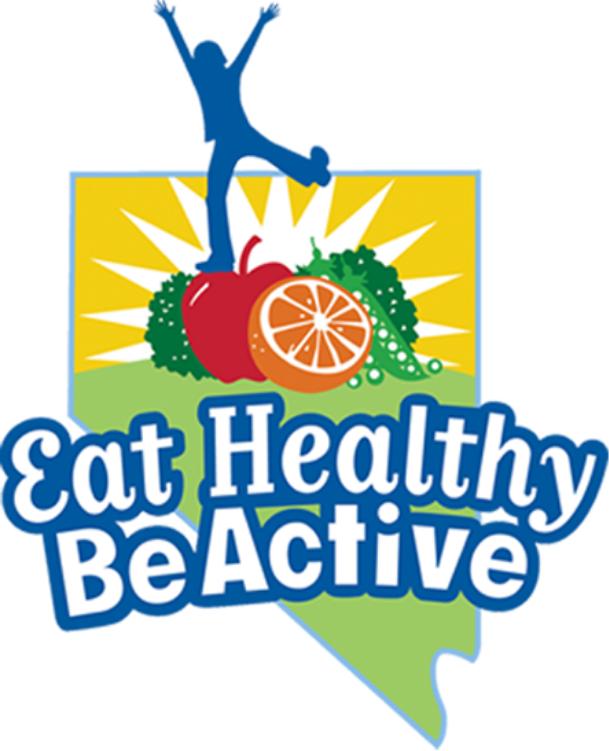In today’s busy world, Americans eat and drink about one-third of their calories from foods prepared away from home. In general, these foods provide more calories, sodium, and saturated fat than meals consumed at home. For the average adult, eating one meal away from home each week translates to roughly 2 extra pounds each year. Over the course of 5 years, that’s 10 extra pounds.
Calorie labeling on menus can help you make informed and healthful decisions about meals and snacks. As of May 7, 2018, calories must be listed on many menus and menu boards of restaurants and other food establishments that are part of a chain of 20 or more locations. This helps you consider your options and makes it easier to eat healthy when eating out.
Restaurants that are required to provide calorie information on menus and menu boards are also required to provide written nutrition information on menu items, including total fat, saturated fat, trans fat, cholesterol, sodium, total carbohydrates, dietary fiber, sugars, and protein.
Here are steps for making dining out choices that are healthy and delicious:
- Determine your calorie needs
- Look for calorie and nutrition information
- Make the best choice for you
Look for Calorie and Nutrition Information
You may have noticed calorie information on some menus or maybe you have seen nutrition information on restaurant websites or on phone apps. This information can help you make informed and healthful meal and snack choices.
Where will I see the calories listed?
Calories are listed next to the name or price of the food or beverage on menus and menu boards, including drive-thru windows, and may be found at the following types of businesses:
- Chain restaurants
- Chain coffee shops
- Bakeries
- Ice cream shops
- Self-service food locations, such as buffets and salad bars
- Movie theaters
- Amusement parks
- Grocery/convenience stores
Where will I NOT see calorie information?
- Foods sold at deli counters and typically intended for further preparation
- Foods purchased in bulk in grocery stores, such as loaves of bread from the bakery section
- Bottles of liquor displayed behind a bar
- Food in transportation vehicles, such as food trucks, airplanes, and trains
- Food on menus in elementary, middle, and high schools that are part of U.S. Department of Agriculture’s National School Lunch Program
- Restaurants and other establishments that are not part of a chain of 20 or more
So, the next time you go out to eat, compare calorie information before you order, then make the choice that’s right for you.
